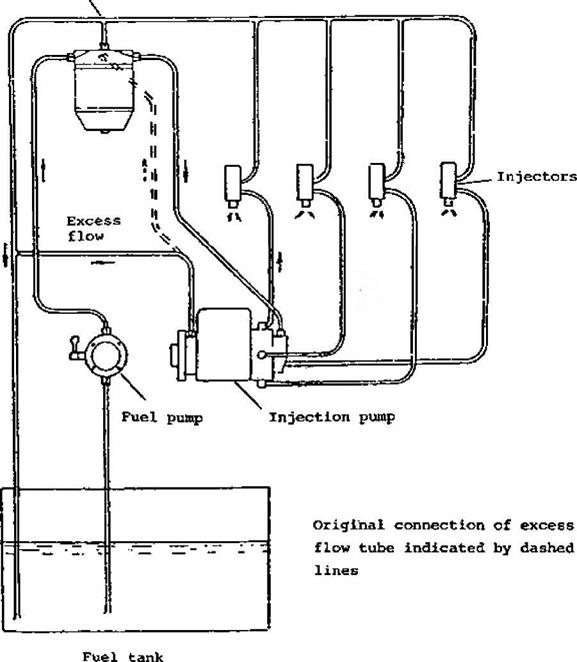 Tests with different fuels
Tests with different fuels
a) Fuel specifications
The practical tests with gasifiers for wood chips developed at the National Swedish Testing Institute for Agricultural Machinery have been carried out with fuel moisture contents (wet basis) of 10 — 20 percent. The upper limit for the moisture content for acceptable gas quality is specified as 30 percent. If the moisture content of the fuel exceeds about 40 percent, the gas will not be combustible.
The size distribution for wood chips may vary depending on the characteristics of the chipper. Long sticks may cause bunker flow problems. It is recommended that the chips be screened to remove fines (below 10×10 mm) and coarse pieces (max. size about 6-0 mm). A typical size distribution of suitable wood chips is given in Table 3.7.
Tests have been run with a gasifier type F5 mounted on a tractor to study the effect of the size distribution on the maximum power output. The results are summarized in Table 3.8.
|
Table 3.6 Results of performance tests for direct injection engines operated in dual fuel mode.
|
|
Fuel filter
|
The power increase can partly be explained by reduced pressure losses in the gasifier. It appears that in these tests the gas quality was also improved when the fines were removed, since less than 50 percent of the power increase can be explained by reduced pressure losses.
According to these tests, removal of the fines (below 5 mm ) gives a substantial power increase at a fairly small expense, i. e. about 3 percent increase of the feedstock cost. Screening for removal of material in the range 5-10 mm may also be considered worthwhile, whereas further screening does not appear to give any power increase.
Table 3.7 Typical size distribution for wood chips suitable for vehicle gasifiers.
|
Size range |
% weight |
|
Below 5×5 mm |
2-3 |
|
.5×5-10×10 |
6-11 |
|
10×10-15×15 |
12-19 |
|
15×15-20×20 |
20-24 |
|
20 x 20 — 25 x 25 |
Г~25 — 30 |
|
25 x 25 — 30 x 30 |
[ 9-20 |
|
30 x 30 — 35 x 35 i _ |
about 5 |
|
,35 x 35 and above |
about 3 |
|
Table 3.8 Improvement of maximum power output by screening of wood chips
b) Use of wood blocks |
The gasifier for wood chips can easily be converted to use of wood blocks by replacing the conical screen by a perforated cylinder, see Fig. 3.2. The power output will be improved by at least 10 per cent when wood blocks are used, as a result of the reduction of pressure losses in the gasifer.
c) Use of other fuels
Scoping tests with biomass fuels other than wood blocks and wood chips in these types of gasifiers have been carried out in order to provide a basis for assessment of the needs for further research and development in case such other fuels are to be used in some applications.
Table 3.9 summarizes the results of these tests, some of which have been reported in detail by Hoglund (18). Of the tested fuels, only coconut shell showed a performance similar to or better than wood chips. Milled peat, wheat straw cubes, and pressed sugarcane appeared to be unsuitable.
It appears that with rape straw pellets, wet carbonized peat pellets, sod peat and probably also coconut husk, opening of the gasifier for removal of slag may be required every 6-8 hours of operation. This can be done in 30 — 45 minutes and this frequent cleaning may be acceptable in some applications. If so, it appears possible to use these fuels if some loss of power is accepted. If frequent cleaning of the gasifier is not acceptable, the gasifier design must be modified to eliminate the slagging problem. Studies on these lines are at present being carried out by the Beijer Institute.
